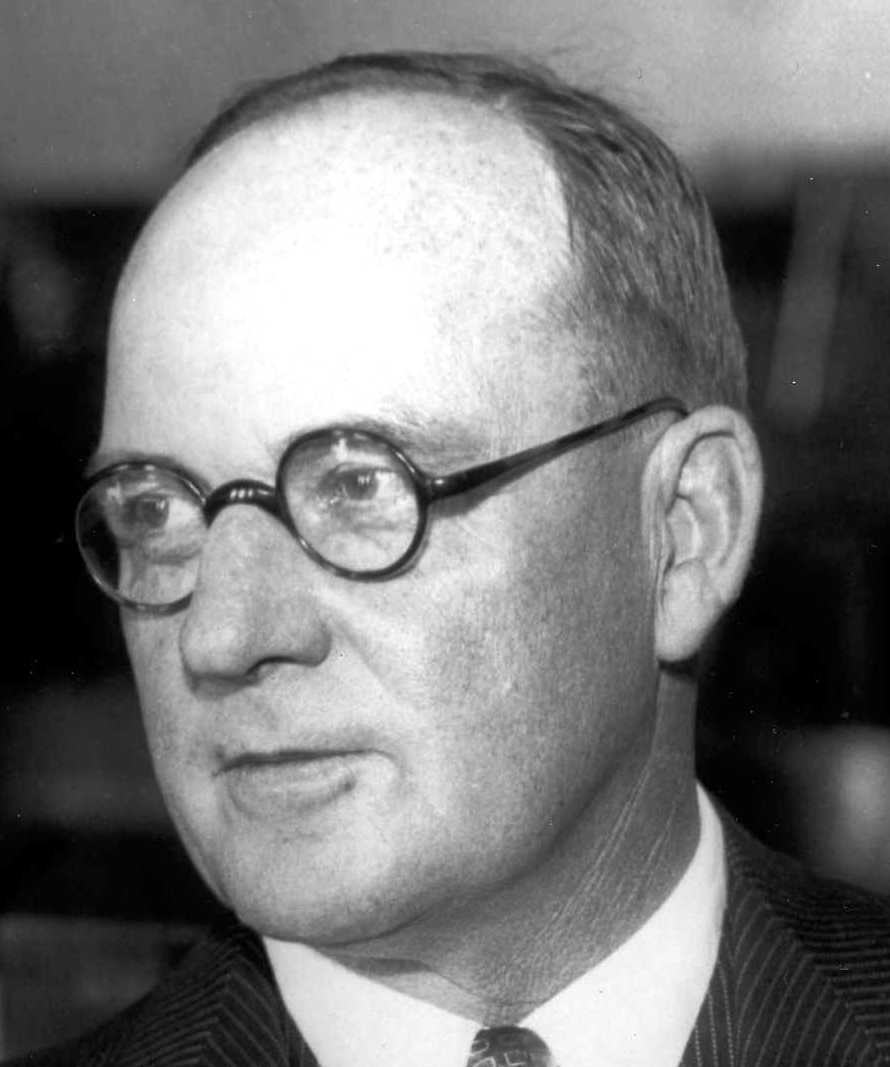
CHIEF OF POLICE HARRY J. RAYMOND
SDPD 06/05/1933 - 09/01/1933
06/13/1881 - 04/01/1957
With Robert Newsoms resignation as chief, competition for his job was between Fire Chief Louis Almgren and Los Angeles Police Detective Harry Raymond. Almgren had experience in City Hall and tried to use that to his advantage.
The only downside to Raymond was despite his high marks within the LAPD, there were rumors he had connections to the underworld. The charges were investigated by several members of the City Council and not sustained.
On June 5, 1933, Raymond was confirmed by a 5-2 vote as the new chief.
One of Raymond’s first battles would be trying to get a grip on the political influence that, despite a new charter making it illegal, was still attempting to run the department.
The outside tampering was not something readily disclosed to Raymond when he applied for the job and he would have been foolish to think he could have changed it.
Less than 90 days after his appointment, the new chief received a rude awakening when City Manager Fred Lockwood fired him. Lockwood’s official position was Raymond wasn’t the right man for the job and he couldn’t reorganize the department. In actuality Raymond had angered downtown business owners when he began enforcing vice laws and then refused to cave in to pressure from City Hall to stop.
To replace Raymond, Lockwood called in John Peterson to take command as acting chief. In response to some council members concerns over Raymond’s firing Lockwood responded, “I don’t care.” Raymond was equally tight lipped. When asked about his future he commented to reporters, “I don’t need this job and as far as my future goes, it’s none of your business.”
By 1936 Raymond was back in Los Angeles and working as a private investigator for a group called Citizens Independent Vice Investigating Committee, or CIVIC. The group was a coalition of private citizens whose purpose was to show a connection between organized vice, the LAPD and LA City Hall. The group, which was one of a number that existed at the time with the same purpose, might have remained obscure had it not been for Raymond’s detective skills in developing information to prove it all. In less than a year, Raymond had amassed enough evidence to show the corruption permeated within the LAPD and even went so far as to get LA Mayor Frank Shaw elected in 1933.
As Raymond neared completion of his case, he was making plans to take the evidence to the Los Angeles County Grand Jury when his car exploded with him in it. Amazingly, he wasn’t killed and evidence from the blast pointed directly at the LAPD.
Through an independent investigation, the bombing resulted in the indictments of Captain Earl Kynette, the head of the LAPD Intelligence Unit, and two members of his squad. At the trial the prosecution also presented evidence showing the LAPD had staked out Raymond’s house and tapped his phones for months prior to the bombing. Harry Raymond also testified. At the trial, Captain Kynette invoked his 5th amendment privilege not to testify and instead sat reading a copy of the US Constitution.
One witness that couldn’t refuse to testify was LAPD Chief James Edgar Davis. Davis denied any LAPD involvement in the bombing of Raymond’s car but he wasn’t exactly believable. Trial judge Fletcher Bowron – who would later become the mayor of Los Angeles - called Chief Davis’ testimony, “A debris of words.”
After a short deliberation, the jury returned guilty verdicts against Captain Kynette for the bombing and his lieutenant for being an accomplice. A sergeant from the intelligence unit was acquitted of all charges. Judge Bowron sentenced Kynette to two years to life in San Quentin but the wrecking ball didn’t stop there. Seven members of the intelligence unit who earlier refused to testify were ordered suspended by the LA Civil Service Commission. As the scandal continued to grow, a recall vote was taken and, on September 16, 1938, Mayor Shaw was recalled from office.
With a new Mayor in power, James Edgar Davis resigned to take a job as chief of security for Douglas Aircraft.
The effects of the bombing must have taken a terrible toll on Harry Raymond. In 1957 he was arrested in downtown San Diego for being a drunk vagrant. The officers apparently had no idea of who he was or the significant part of history he was involved in.

THE THIN BLUE LINE

Basic information is provided as a courtesy and is obtained from a variety of sources including public data, museum files and or other mediums. While the San Diego Police Historical Association strives for accuracy, there can be issues beyond our control which renders us unable to attest to the veracity of what is presented. More specific information may be available if research is conducted. Research is done at a cost of $50 per hour with no assurances of the outcome. For additional info please contact us.